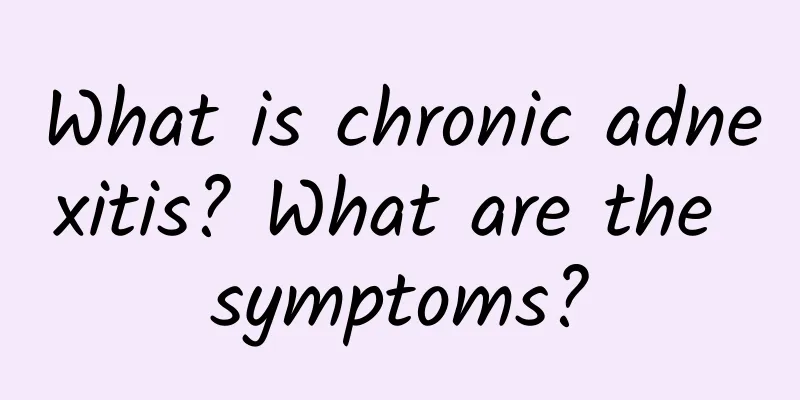Ovarian cancer is more likely to occur before and after menopause

|
Many women will turn pale at the mention of ovarian cancer. Indeed, ovarian cancer is a common gynecological malignancy with a high incidence. At present, the incidence of ovarian cancer accounts for 23% to 27% of gynecological malignancies, becoming the fifth most common cancer in the world, and the mortality rate ranks first among gynecological tumors. It can occur in women of any age, but most of them occur before and after menopause, and about half of them occur after the age of 65. Because the ovaries are located deep in the pelvic cavity, patients may not have any symptoms in the early stages of cancer, so they are not noticed and are not easy to take the initiative to undergo examinations. Often, when the cancer is discovered, it is already in the late stage and is quite difficult to treat. Therefore, the 5-year survival rate of ovarian cancer patients is only 30% to 50%. If women over 30 years old, especially those before and after menopause, can undergo regular gynecological and pelvic ultrasound examinations, they can achieve early detection, early diagnosis, and timely and reasonable treatment, and the 5-year survival rate of ovarian cancer can reach more than 90%. The main treatment for ovarian cancer is surgical resection. Postoperative chemotherapy is also important. Immunotherapy, radiotherapy, hormone therapy, and traditional Chinese medicine should also be used. The effectiveness of chemotherapy and the length of survival of patients depend on whether the tumor is completely removed. Therefore, surgery should remove the tumor lesions to the maximum extent. Postoperative chemotherapy must be used for those tiny tumors and residual tumor cells that cannot be seen by the naked eye. At present, chemotherapy for ovarian cancer mostly adopts the method of early, sufficient, and multiple courses after surgery, which is the best choice to improve the cure rate and prolong survival time. Since the metastasis and spread of ovarian cancer is mainly extensive implantation in the pelvic cavity, in order to expose the tumor to more drugs, chemotherapy for ovarian cancer often adopts the method of intraperitoneal administration. At present, "Taxol + Platinum" is used as the standard first-line chemotherapy for ovarian cancer. Radiotherapy is an adjuvant therapy for ovarian cancer, mainly used for some patients who are ineffective with chemotherapy. Traditional Chinese medicine has a good effect on improving the patient's body immunity. Although immunotherapy and gene therapy have certain therapeutic effects, they have not yet been widely used in clinical practice. |
<<: Can menstruation resume after menopause? Pay attention to the 6 signs before menopause
Recommend
What are the early feelings of uterine fibroids? What are the early reactions of uterine fibroids?
What are the early feelings of uterine fibroids? ...
Patients with vulvar leukoplakia should always pay attention to their symptoms
Vulvar leukoplakia is a common gynecological dise...
How to protect female friends from the harm of ectopic pregnancy?
Ectopic pregnancy is also called ectopic pregnanc...
Eating medicinal food without restraint will cause fat to creep up on your body
As we are about to enter the cold winter, many pe...
After a miscarriage, how should you take good care of yourself during the “confinement period”?
For various reasons, many families have to choose...
How to self-diagnose whether you have uterine fibroids?
Uterine fibroids are the most common benign tumor...
What are the symptoms of left ovarian cyst?
Symptoms of a left ovarian cyst may include lower...
How to treat candidal vaginitis in hospital
One of the things that worries female friends the...
How can women avoid vaginitis? The key is to do the following:
Due to the special structure of the female body, ...
Will uterine fibroids affect normal childbirth? How big will uterine fibroids affect normal childbirth?
Uterine fibroids are a common gynecological tumor...
How long after an abortion can I have another child?
Many women choose abortion because of fetal abnor...
How long does it take to get your period after a medical abortion? Please be sure to see a doctor
After a female medical abortion, due to changes i...
Study: It’s not your fault that you can’t lose weight! The key is...
"Cell" published a study conducted at t...
What are the treatments for endometrial tuberculosis?
Endometrial tuberculosis is a very common and fre...
Detoxify and reduce edema! 5 must-eat red bean recipes for weight loss
Red beans are high in fiber, which can promote bo...









